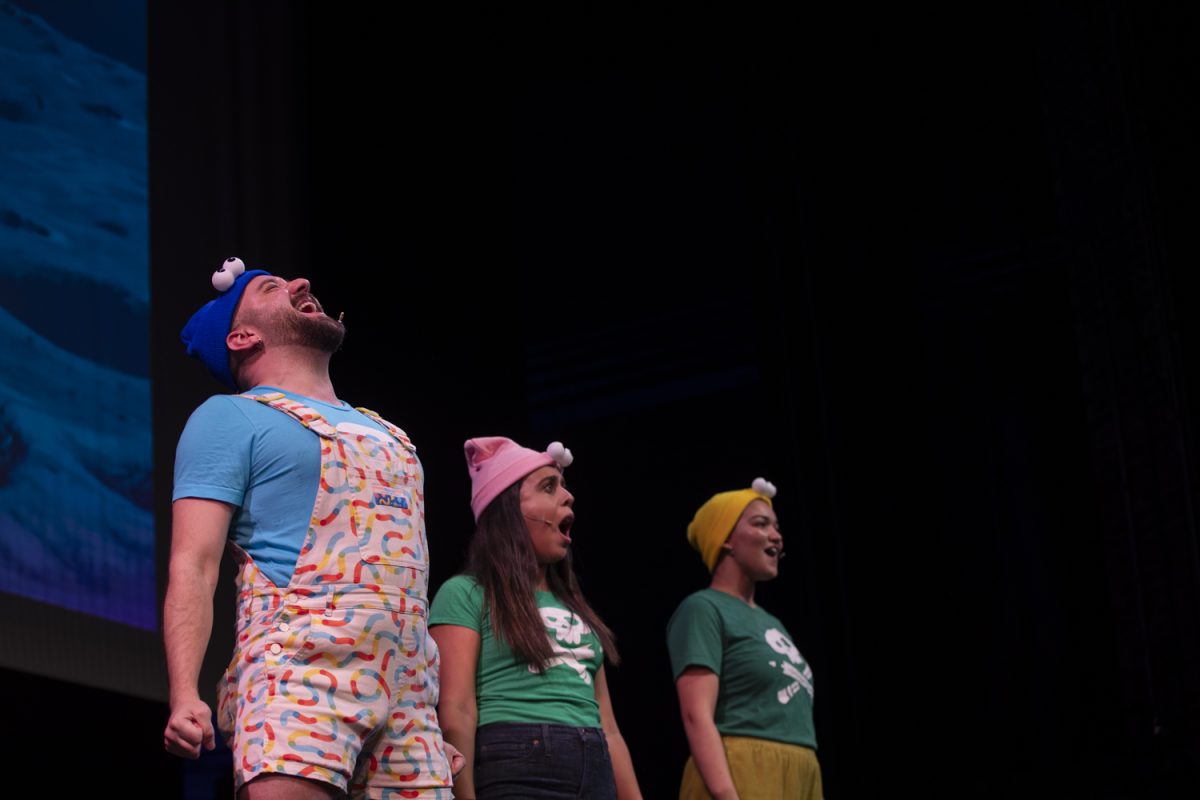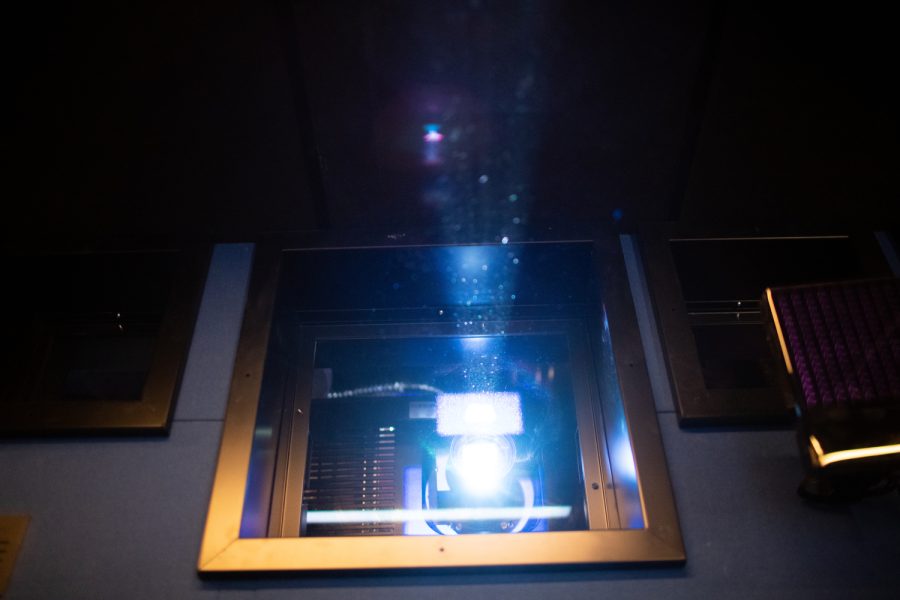Though the idea of "art" commonly conjures images of Andy Warhol paintings or pristine marble sculptures, America’s oldest art came in different forms of everyday utilities.
Denise Oriano, a recent graduate from the University of Iowa School of Art and Art History, seeks to educate children from every background about the drums, rattles, corn-husk dolls, and painted leather that make up Native American art and culture in a series of workshops through the University of Iowa Museum of Natural History’s education department.
The first workshop will be held at 2 p.m. Saturday and will focus on the importance of American bison hides and skins in the construction of Plains Indians’ art and tools, including the parafleche, a kind of suitcase.
Oriano, a recent University of Iowa art history graduate, said her passion for Native American art and culture, her love for museums, and her interest in volunteering led her to run the Natural History Museum’s art program targeted for students in grades three through six.
"Just knowing, respecting, and understanding that culture is important," said Oriano, the mother of a 15-year-old boy.
No matter people’s heritage, she said, most community members are connected to Native American culture in some way.
"We all live here, so we wanted to know more about the history of where we live and the culture," Oriano said. "There are still Native Americans around us today."
Oriano has come up with five different classes for the program, from which children are able to learn Native American arts and culture through museum displays and recreation of traditional Native American games and toys.
Oriano said the purpose of these hands-on activities is to keep the younger children engaged in the museum world as well as appreciate a culture that may be different from their own.
Ashlee Gloede, the assistant education and outreach coordinator at the museum, said that after speaking with Oriano about her interests and goals, the museum decided the Native American art workshop fit the museum’s purpose.
"The mission of the University of Iowa Museum of Natural History is to inspire in visitors of all ages understanding and a sense of wonder, discovery, respect, and responsibility for our natural and cultural worlds through exhibits, programs and collections, as well as through links with UI research and activities," Gloede wrote in an email.
Catherine Hale, the curator of African and non-Western art at the UI Museum of Art, said the workshops are a good resource for the children to learn about indigenous North American cultures.
"One of the key things is that indigenous arts are so embedded in the life — in the culture — that by learning about the arts, you in turn learn about the cultures," said Hale, a native of Canada.
More importantly, Hale said, it is an opportunity for children from different backgrounds to acknowledge that art comes in many different forms.
She pointed out that in the Euro-Americans tradition over the last 100 years, there has been an emphasis on creating art just for it to be on display in a museum. Yet in a more historical context, people were crafting art as a part of everyday life.
"They were creating a spoon in a way [that was] exquisitely carved but was also supposed to be used," said Hale, who got a first master’s degree in indigenous North American culture.
Next summer, Hale will organize the Indigenous North American reinstallation for the Art Museum, and she said she might borrow some pieces from the Natural History Museum, because it has quite a collection of American Indian art.
Why did those works of art end up being on display in the Natural History Museum instead of the Art Museum?
"One of the answers to that is because these institutions and the collections that they house were created in a time period where people didn’t identify indigenous North American art as arts," Hale said.
Today, however, Native American art enthusiasts such as Oriano and Hale work to alter this perception, teaching coming generations of kids to see these ancient objects not only as cultural history but as art.
Participants can register for any of the art workshops at www.uiowa.edu/mnh/programs. Registration closes on Friday before each program.
What: Native American Art Workshop: Hide and Skin Part 1






